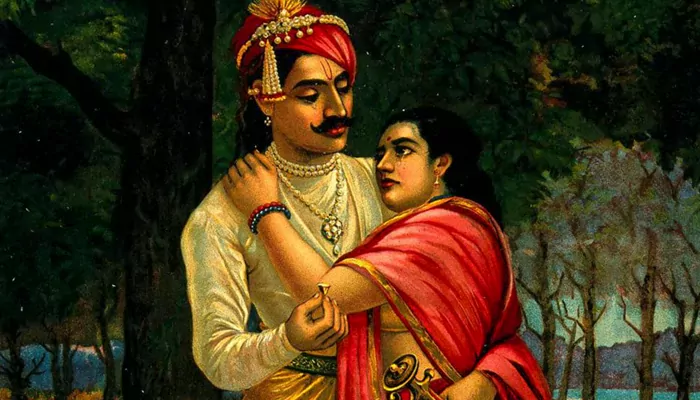
Before Bollywood and heartbreak playlists, India was already scripting tales of love that defied class, power, war—and even death
Long before love was just a hashtag or set to background music, it once roared through India's palaces, battlefields, and poetry form. Ancient Indian romances weren't just mild flirtations—they were epic tales. Love here was about rebellion, sacrifice, and often tragedy hidden under the guise of honour. These stories—whether they took place in royal courts, tribal valleys, or fortress walls—didn't always end in happiness. But what they left behind was even more precious: a lasting legacy.
So, here are six romances that greatly influenced how India thought about love—and what it truly means to fight for it.
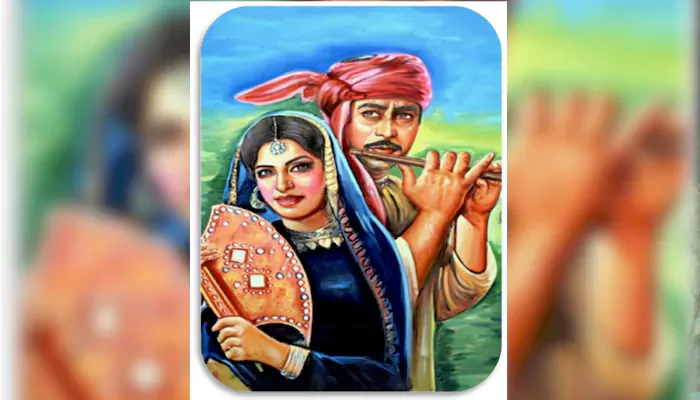
Credit: Vocal Media
She was aristocratic, and he was a humble cowherd. Yet, Heer and Ranjha's love challenged the strict social boundaries of Punjab. Ranjha became a herdsman for Heer's family just to stay close to her. When the lovers attempted to run away, they were stopped, betrayed, and ultimately poisoned by her own kin.
Ranjha, upon finding Heer dead, refused to continue living without her. His final act was dying beside her grave. Their tomb now stands near Jhang, PAK, visited by couples still seeking their blessing.

Credit: Wikipedia
In Mughal legend, Prince Salim (later Emperor Jahangir) fell for Anarkali, a courtesan of luminous beauty and sharp wit. However, love within a royal court was perilous. Emperor Akbar, Salim's father, regarded the affair as a form of treason.
To break their bond, he sentenced Anarkali to death—reportedly bricking her alive behind a wall. Some believe she survived; others say her tomb remains in Lahore. Regardless, the story has outlasted every empire.
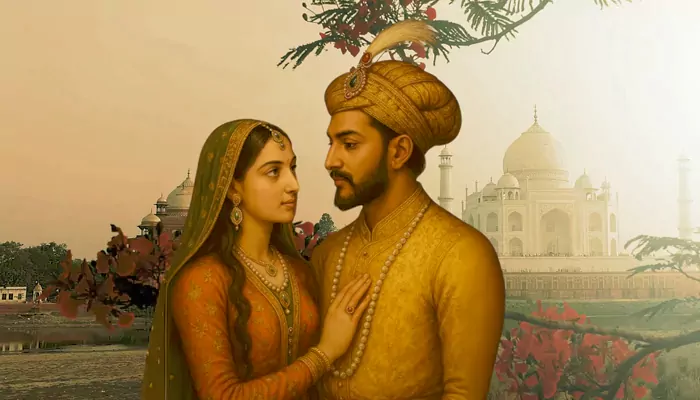
Credit: Aureus Boutique
Unlike most legends on this list, Shah Jahan and Mumtaz Mahal were happily married until fate intervened. Mumtaz died during childbirth in 1631, leaving Shah Jahan shattered.
To honour her, he commissioned the Taj Mahal, a marble mausoleum of staggering grandeur. It took 22 years and 20,000 artisans to build. The monument remains one of the world's most enduring love letters—etched in stone, not words.
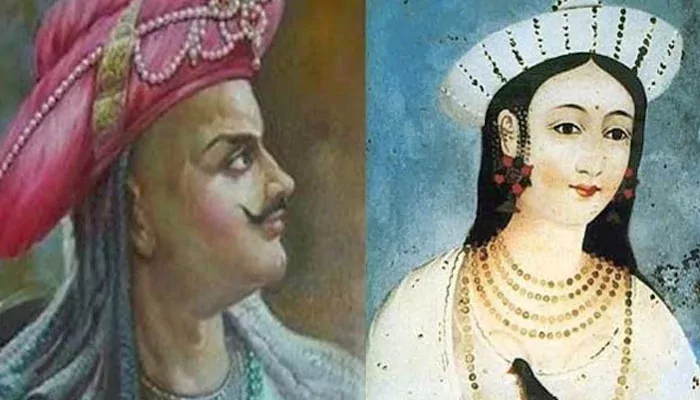
Credit: India TV News
Peshwa Bajirao, the military general of the Maratha Empire, wasn't supposed to fall for Mastani, a warrior princess of mixed heritage and Muslim faith. Their relationship enraged Pune's conservative elite and even Bajirao's own mother. But love wasn't something he could set aside for politics.
He built Mastani her own palace and lived with her despite all opposition. When Bajirao died on the battlefield, Mastani, devastated, is believed to have taken her own life. Their tombs lie side by side in Pabal, Maharashtra.
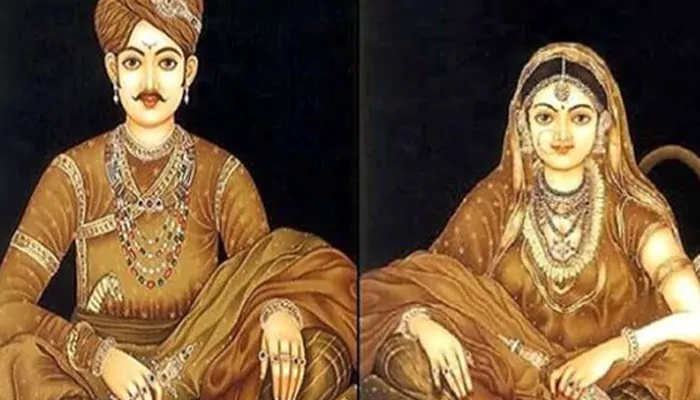
Legend has it that Alauddin Khilji laid siege to Chittorgarh after merely glimpsing a reflection of Queen Padmini in a mirror. Determined to possess her, he launched a brutal war. But Padmini was no passive prize.
As defeat loomed, she chose jauhar—a ritual of mass self-immolation—with hundreds of other Rajput women, rather than fall into the hands of the enemy. Her act of defiance became a symbol of honour and heartbreak for centuries to come.
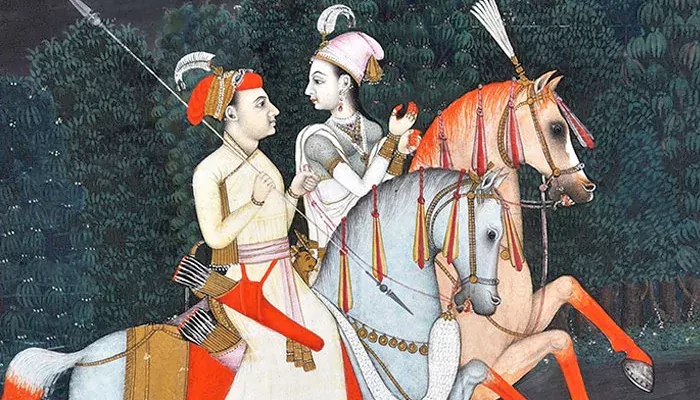
Credit: Poser on Tour
In the misty hills of Mandu, music inspired a royal love story. Sultan Baz Bahadur, a lover of the arts, fell for Roopmati, a village girl whose voice could silence valleys. He made her his queen, and their love blossomed amid mandaps and monsoons.
But war eventually arrived. Adam Khan, a Mughal general, launched an attack. Baz died in battle. Roopmati, instead of surrendering, swallowed poison. Today, their love echoes through Mandu's ruins—its silence louder than any song.